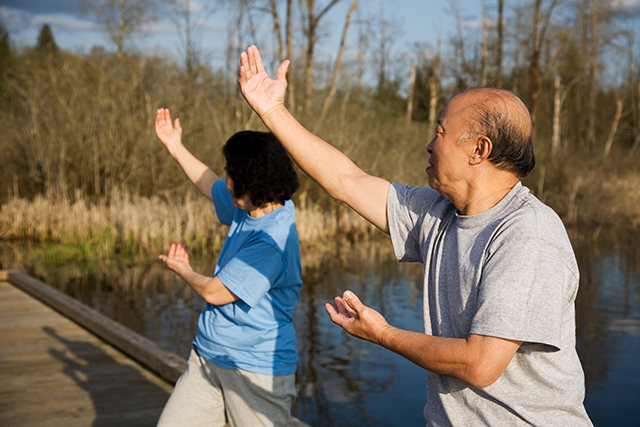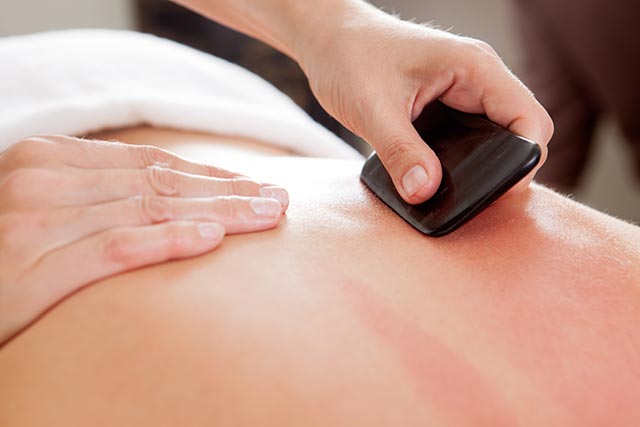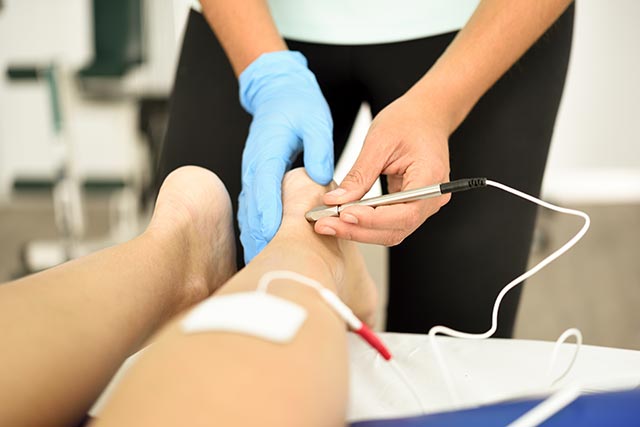How tai chi may help people with fibromyalgia
12/06/2018 / By RJ Jhonson

Fibromyalgia, or fibromyalgia syndrome, is a long-term condition that causes pain all over the body. Sufferers also experience increased sensitivity to pain, fatigue, or extreme tiredness, as well as muscle stiffness. The first signs usually come in the form of pain and tender points, sleep problems, concentration and memory problems, known as fibro fog, anxiety or depression, numbness and tingling in the hands, arms, feet, and legs, and headaches, to name a few.
Patients suffering from fibromyalgia are often told to exercise to help relieve the pain, with aerobic exercise being the most commonly prescribed non-pharmacologic treatment. But because the condition is associated with fatigue and neurocognitive complaints, aerobic exercise can be a challenge for most patients. It often leaves them physically and emotionally drained afterward.
For this reason, many fibromyalgia specialists emphasize the need to work with the psychological components of chronic pain, which means addressing it with activities that work the body AND mind, such as tai chi.
Tai chi and fibromyalgia
Tai chi is an ancient Chinese tradition that is practiced as a graceful form of exercise, involving movements performed in a slow, focused manner and accompanied by deep breathing. It is a non-competitive, self-paced system of gentle physical exercise and stretching where each posture flows into the next without pause. This ensures that your body is in constant motion. Because it is low-impact and puts minimal stress on both muscles and joints, it is generally safe for individuals of all ages and fitness levels.
A team of researchers tried to determine the ideal duration and frequency of tai chi that would provide optimal benefit in fibromyalgia management. Patients were enrolled in a single-blind comparative effectiveness trial that compared supervised aerobic exercise to supervised tai chi interventions. The study also assessed anxiety, depression, self-efficacy, and coping strategies, among other endpoints. Results showed that the subjects assigned to the tai chi treatment group were more compliant with attendance and that tai chi appeared to be more appealing to the average fibromyalgia patient thanks to its low-impact, meditative sequence of movements.
Furthermore, the group that was assigned to the tai chi intervention reported greater improvement overall in the conditions that went with fibromyalgia, and that they required less pain medication over time. The intensity and duration that was deemed ideal and showed a larger clinically important effect for the primary outcome and significant effects for many secondary outcomes (compared to aerobic exercise) were at 24 weeks, twice weekly. A longer duration of tai chi had more benefits than a shorter duration.
Benefits of tai chi
Tai chi does more than offer relief to patients with fibromyalgia. Because of its slow and meditative movements, it is popular even among the elderly. The practice offers many benefits, such as the following:
- Fewer falls – A review examined 159 randomized controlled trials investigating various interventions meant to help prevent falls among the elderly. The authors concluded that it was a good exercise for reducing the risk of falling. Another study found that performing the exercise left seniors more confident and less afraid of falling.
- Pain relief – Tai chi was linked to short-term relief from osteoarthritis pain. It has also been associated with better sleep and less depression and fatigue.
- Heart health – Some practitioners of tai chi believe that the exercise can improve cardiovascular health. Scientific studies agree, with one reporting that the exercise helped improve the health of people who have recovered from a heart attack.
Discover the benefits of tai chi at HealingArts.news.
Sources include:
Tagged Under: alternative medicine, benefits of tai chi, Chinese medicine, fibromyalgia, fibromyalgia management, Meditation, natural cures, natural remedies, pain management, pain relief, tai chi, traditional Chinese medicine




















